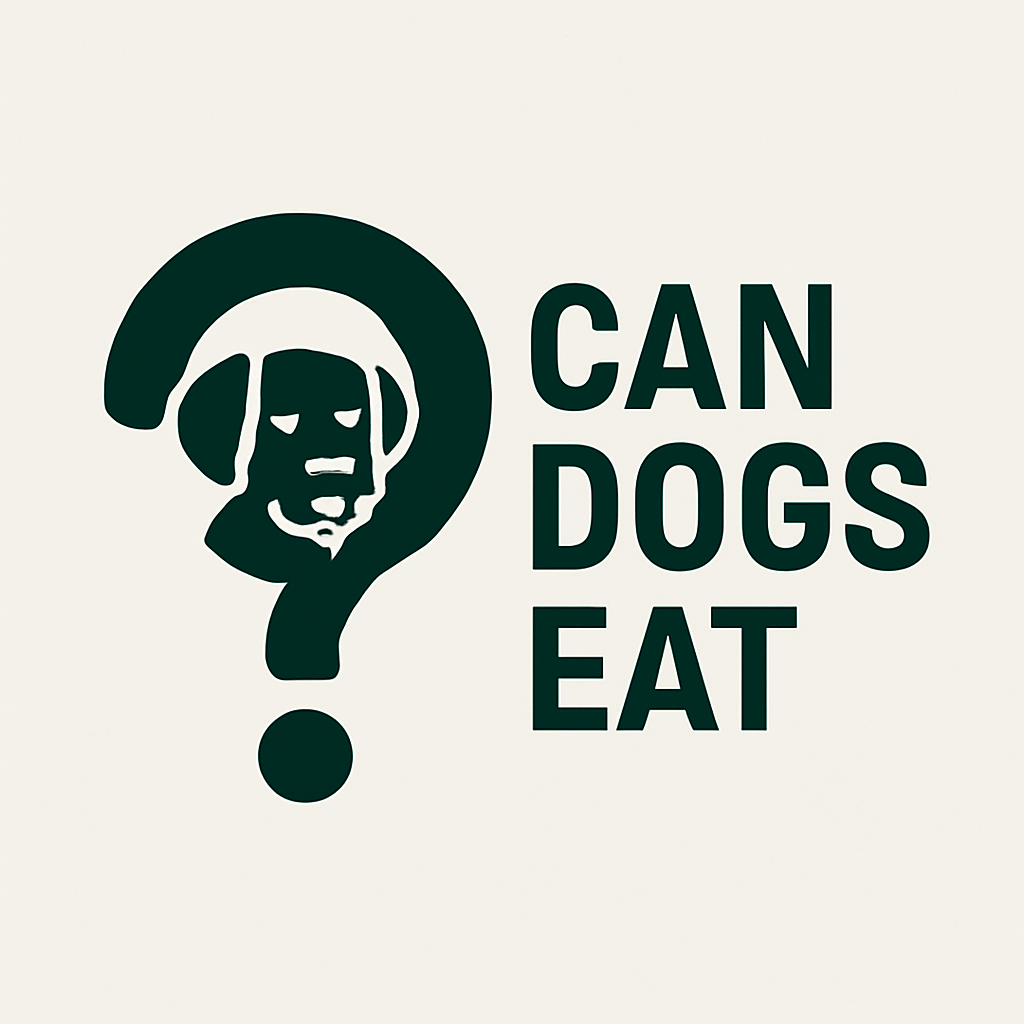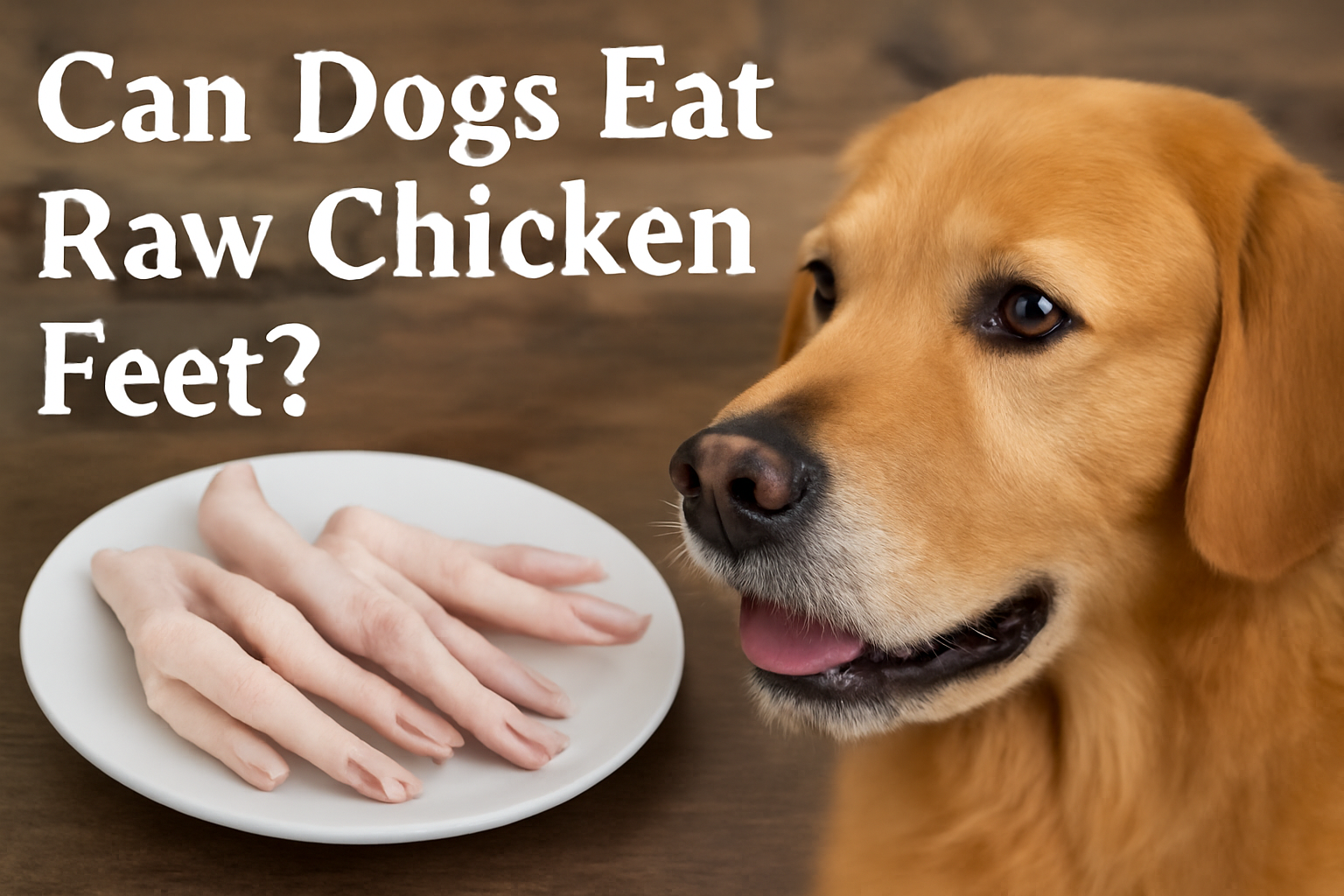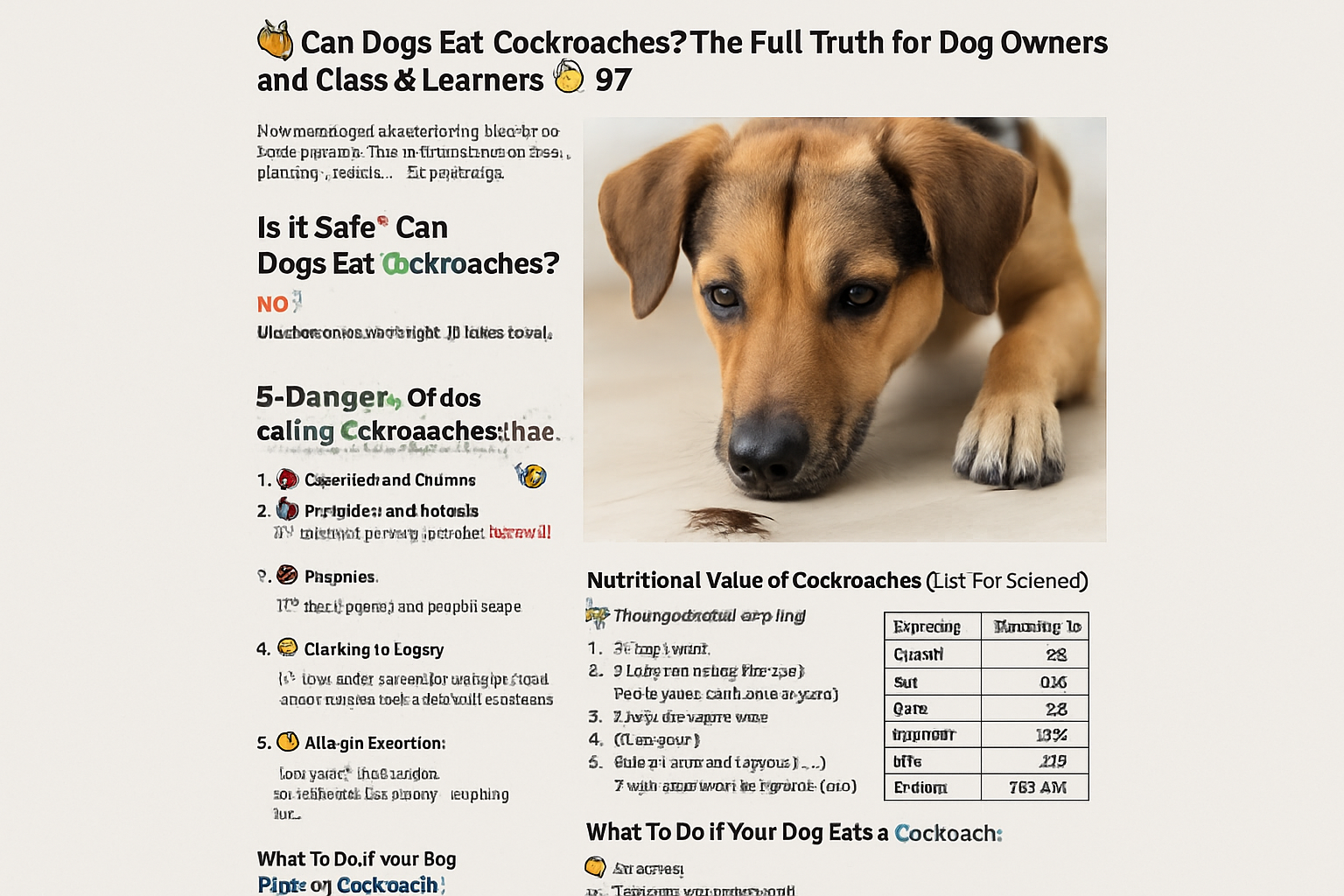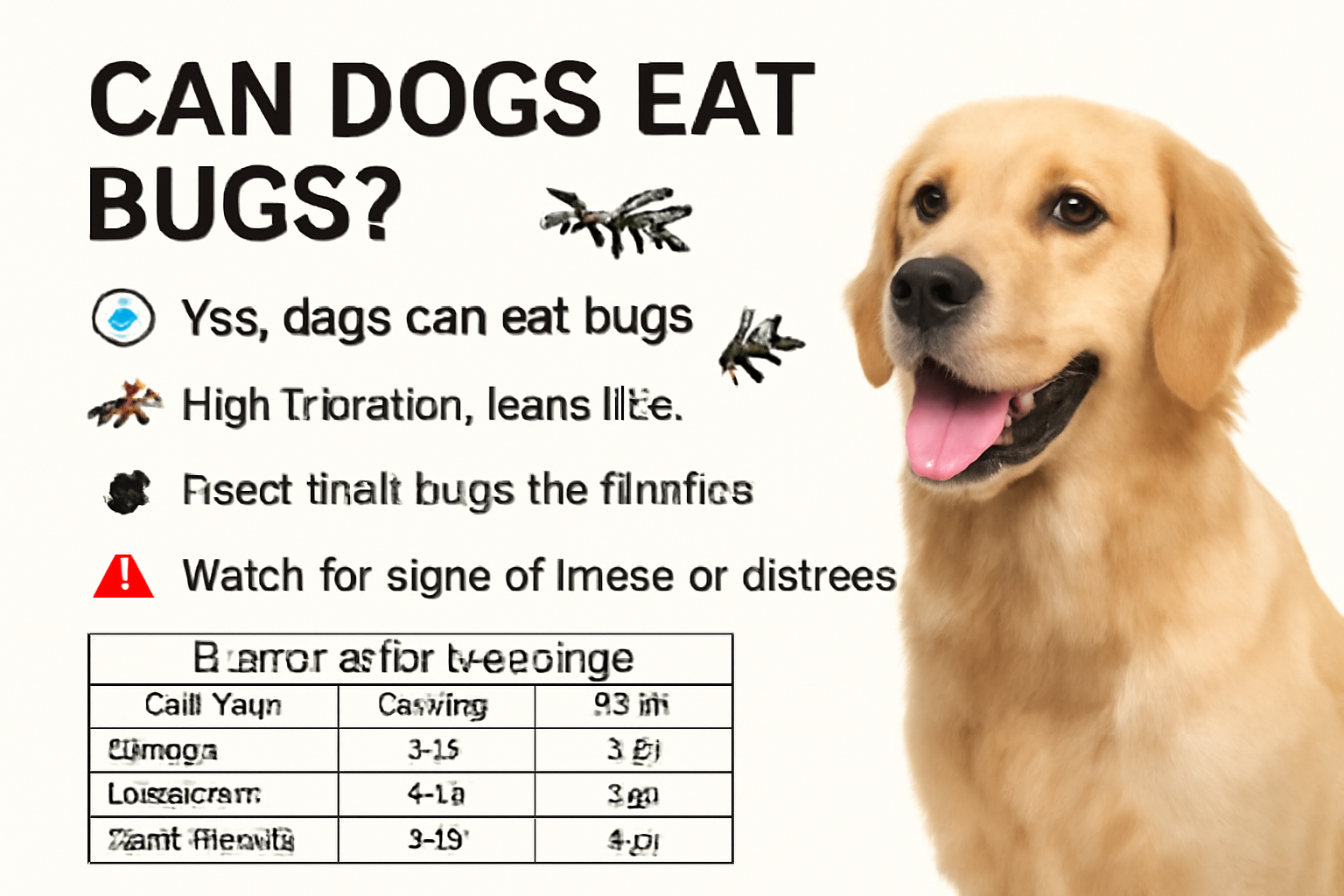Can Dogs Eat Oxtail Bones?
As a dog owner, you might have seen your furry friend enjoying a bone, and wondered if it’s safe to feed them oxtail bones. Oxtail bones are meaty and juicy, often tempting for dogs to gnaw on. However, it’s important to consider their safety and whether feeding oxtail bones to dogs is a good idea. Bones can be both beneficial and dangerous for dogs, depending on various factors. In this article, we’ll take a deep dive into the subject, answering important questions, discussing nutritional value, risks, and safer alternatives to oxtail bones. 🦴🐕
Understanding Oxtail Bones
Before answering whether dogs can eat oxtail bones, let’s start by understanding what oxtail bones are. Oxtail refers to the tail of a cow, and it’s often used in soups and stews. The bone is tough but meaty, making it a popular food item in human diets.
Oxtail bones come in different sizes, but typically, they are large with a lot of meat on them. The meat around the bone is rich in protein and collagen, and the bone marrow is a delicious treat for dogs. However, bones come with a mixed reputation in the dog world, and whether or not you can feed your dog oxtail bones largely depends on whether the bone is raw or cooked, the dog’s size, and how much supervision is involved. Let’s break it down!
Are Oxtail Bones Safe for Dogs to Eat?
The primary concern with giving oxtail bones to dogs is whether they pose any danger to your pet’s health. Dogs love bones, but they are not always as safe as we might think. So, are oxtail bones safe? The answer is: it depends. 🤔
Cooked Oxtail Bones
Cooked bones are extremely risky for dogs. When bones are cooked, they become brittle and can easily splinter into sharp pieces. These sharp fragments can cause serious damage to your dog’s mouth, throat, stomach, or intestines. If your dog swallows a cooked oxtail bone or a splinter from one, it could lead to choking, internal bleeding, or even life-threatening injuries.
It is strongly advised to never feed your dog cooked oxtail bones, or any cooked bones, for that matter. 🦷
Raw Oxtail Bones
Raw oxtail bones, on the other hand, are considered safer for dogs. The risk of splintering is much lower when the bone is raw. These bones are also more flexible, which means they are less likely to cause any severe internal injuries. Raw bones are a great way for dogs to exercise their teeth and jaws, and the marrow can provide valuable nutrients.
However, it’s important to note that raw bones are not completely without risk. You still need to monitor your dog while they chew to ensure they don’t swallow large pieces that could pose a choking hazard. Additionally, some raw bones can carry bacteria, so always ensure that the bones are fresh and handled properly. 🦠
The Nutritional Value of Oxtail Bones for Dogs
Oxtail bones are a good source of nutrients that benefit dogs, especially when consumed raw. Here’s a breakdown of the nutritional value:
| Nutrient | Amount per Serving (100g) | Benefit for Dogs |
|---|---|---|
| Protein | 22g | Supports muscle growth and repair |
| Fat | 15g | Provides energy and supports skin health |
| Calcium | 50mg | Supports strong bones and teeth |
| Phosphorus | 40mg | Helps maintain bone structure and metabolic functions |
| Collagen | 30g | Promotes joint health and mobility |
| Iron | 1.2mg | Helps in red blood cell production and oxygen transportation |
Oxtail bones, especially when raw, provide important nutrients like calcium, phosphorus, and collagen. These are essential for maintaining your dog’s bone and joint health. The collagen in oxtail bones helps improve the elasticity of your dog’s joints and may even assist in reducing inflammation for dogs with arthritis.
Benefits of Raw Oxtail Bones for Dogs
In moderation and with proper supervision, raw oxtail bones can offer several benefits for dogs. Here’s why raw oxtail bones might be a good choice for your pet:
1. Natural Teeth Cleaning 🦷
Chewing on bones helps reduce plaque buildup on dogs’ teeth and gums. This natural teeth-cleaning process is beneficial in preventing dental issues like tartar and gum disease. When dogs gnaw on bones, it helps scrape off plaque and keeps their teeth clean.
2. Joint Health Support
The collagen and cartilage found in the oxtail bone can support your dog’s joint health. This is particularly beneficial for older dogs or those with joint issues like arthritis. Collagen improves the elasticity of joints and helps prevent inflammation.
3. Protein and Nutrient Boost
As mentioned earlier, oxtail bones are rich in protein, calcium, and phosphorus. These nutrients are important for maintaining your dog’s muscle mass, bone density, and overall health. The marrow inside the bone is also nutrient-dense and can provide your dog with a satisfying treat.
4. Mental Stimulation
Chewing on bones can provide your dog with mental stimulation. It engages their natural instincts and can keep them entertained for long periods. This is especially important for high-energy dogs that need mental stimulation to avoid destructive behavior. 🧠
Risks of Feeding Oxtail Bones to Dogs
While raw oxtail bones can be a good option for some dogs, they are not without risks. Some of the primary dangers associated with feeding oxtail bones include:
1. Choking
If your dog is not used to chewing on bones or is given a bone that’s too large or too small, they may attempt to swallow it whole. This can lead to choking or blockages in their throat or digestive tract. Always choose bones that are the right size for your dog, and supervise them while chewing.
2. Tooth Damage
Although raw bones are less likely to cause broken teeth than cooked bones, they can still cause tooth damage if your dog tries to chew too aggressively. Be mindful of how much pressure your dog is applying to the bone, and make sure to remove any bones once they start to break apart.
3. Bacterial Contamination
Raw bones can harbor harmful bacteria like Salmonella and E. coli, which can cause serious gastrointestinal issues for both dogs and humans. If you choose to feed your dog raw oxtail bones, ensure that they are handled and stored properly. It’s also a good idea to freeze the bones for a few days before feeding them to help kill any harmful bacteria.
4. Bone Fragments
Even raw bones can break into smaller pieces if they’re chewed on for too long or with excessive force. These fragments can pose a risk to your dog’s digestive system if ingested. Always supervise your dog to ensure they are chewing the bone safely and aren’t swallowing large chunks.
Alternatives to Oxtail Bones for Dogs
If you’re not comfortable with giving your dog oxtail bones, there are plenty of safe and healthy alternatives that can satisfy their chewing instincts. Here are some options to consider:
- Rubber Chew Toys: These toys are durable, safe, and can be filled with treats or peanut butter to make them more enticing.
- Beef Tendons: These are softer than bones and can provide a satisfying chew without the risks.
- Nylon Bones: These chew toys are designed specifically for dogs and are virtually indestructible.
- Dental Chews: Specially formulated dental chews can help clean your dog’s teeth while satisfying their need to chew.
Frequently Asked Questions
Is it safe for dogs to chew on cooked oxtail bones?
No, cooked oxtail bones should never be given to dogs. They can splinter and cause serious injuries to your dog’s digestive system.
Can oxtail bones help clean my dog’s teeth?
Yes, chewing on raw oxtail bones can help reduce plaque buildup and promote better dental health for dogs.
What should I do if my dog swallows a bone?
If your dog swallows a bone, monitor them closely for signs of choking, vomiting, or lethargy. If these symptoms appear, contact your veterinarian immediately.
How can I make raw bones safer for my dog?
Make sure to supervise your dog while they chew on the bone, and ensure it is the right size. Freezing the bone beforehand can also reduce bacterial risks.
What are the best bones for dogs?
Raw, large bones such as beef knuckle bones or marrow bones are great options for most dogs. Always ensure the bone is appropriate for your dog’s size.
Conclusion
While oxtail bones can be a nutritious and satisfying treat for dogs, they come with some important risks, especially if cooked. Raw oxtail bones can provide valuable nutrients like protein, calcium, and collagen, which benefit your dog’s health, but supervision is essential. If you’re unsure about giving your dog oxtail bones, there are plenty of safer alternatives, such as rubber chew toys, rawhide, and dental chews, that will keep your pet’s chewing instincts satisfied. 🐾




